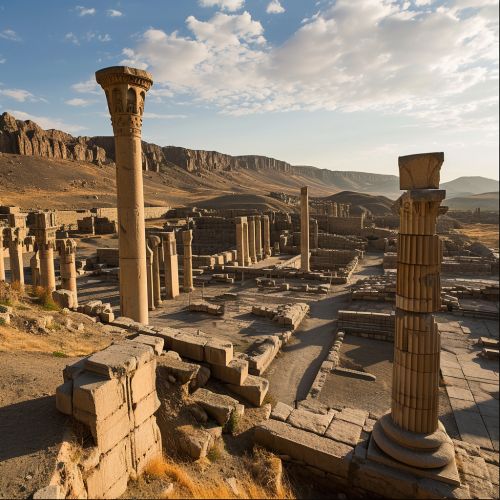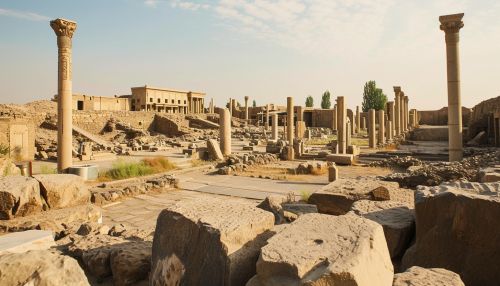Iranian Empire
Origins and Early History
The Iranian Empire, also known as the Persian Empire, was a series of imperial dynasties centered in Iran (formerly known as Persia). The first of these was the Achaemenid Empire, established by Cyrus the Great in 550 BC with his conquest of Median, Lydian and Babylonian empires. The empire expanded under his rule, as well as under his successors, Darius I and Xerxes I.


Achaemenid Empire
The Achaemenid Empire was the first of the Persian Empires to rule over significant portions of Greater Iran. The empire possessed a centralized, bureaucratic administration under the Emperor and a large professional army and civil services, inspiring similar systems in later empires.
Seleucid Empire
The Seleucid Empire was a Hellenistic state ruled by the Seleucid dynasty which existed from 312 BC to 63 BC; it was founded by Seleucus I Nicator following the division of the empire created by Alexander the Great. The Seleucid Empire was a major center of Hellenistic culture, which maintained the preeminence of Greek customs and manners over the indigenous cultures of the Middle East.
Parthian Empire
The Parthian Empire, also known as the Arsacid Empire, was a major Iranian political and cultural power in ancient Iran. Its latter name comes from Arsaces I who, as leader of the Parni tribe, founded it in the mid-3rd century BC when he conquered the region of Parthia in Iran's northeast, then a satrapy (province) under Andragoras, in rebellion against the Seleucid Empire.
Sassanian Empire
The Sassanian Empire, also known as the Empire of Iranians, was the last Persian imperial dynasty before the Muslim conquest in the mid seventh century AD. Named after the House of Sasan, it ruled from 224 to 651 AD, making it the longest-lived Persian dynasty. The Sassanian Empire succeeded the Parthian Empire and was recognized as one of the leading world powers alongside its neighboring arch-rival the Roman-Byzantine Empire, for a period of more than 400 years.
Impact and Legacy
The Persian Empires represented the height of Iran's power and influence in ancient times. They were characterized by their successful model of a centralized, bureaucratic administration (through satraps under the King of Kings), a large territorial reach, and the construction of infrastructural developments such as road systems, a postal system, and the usage of an official language across its territories.
